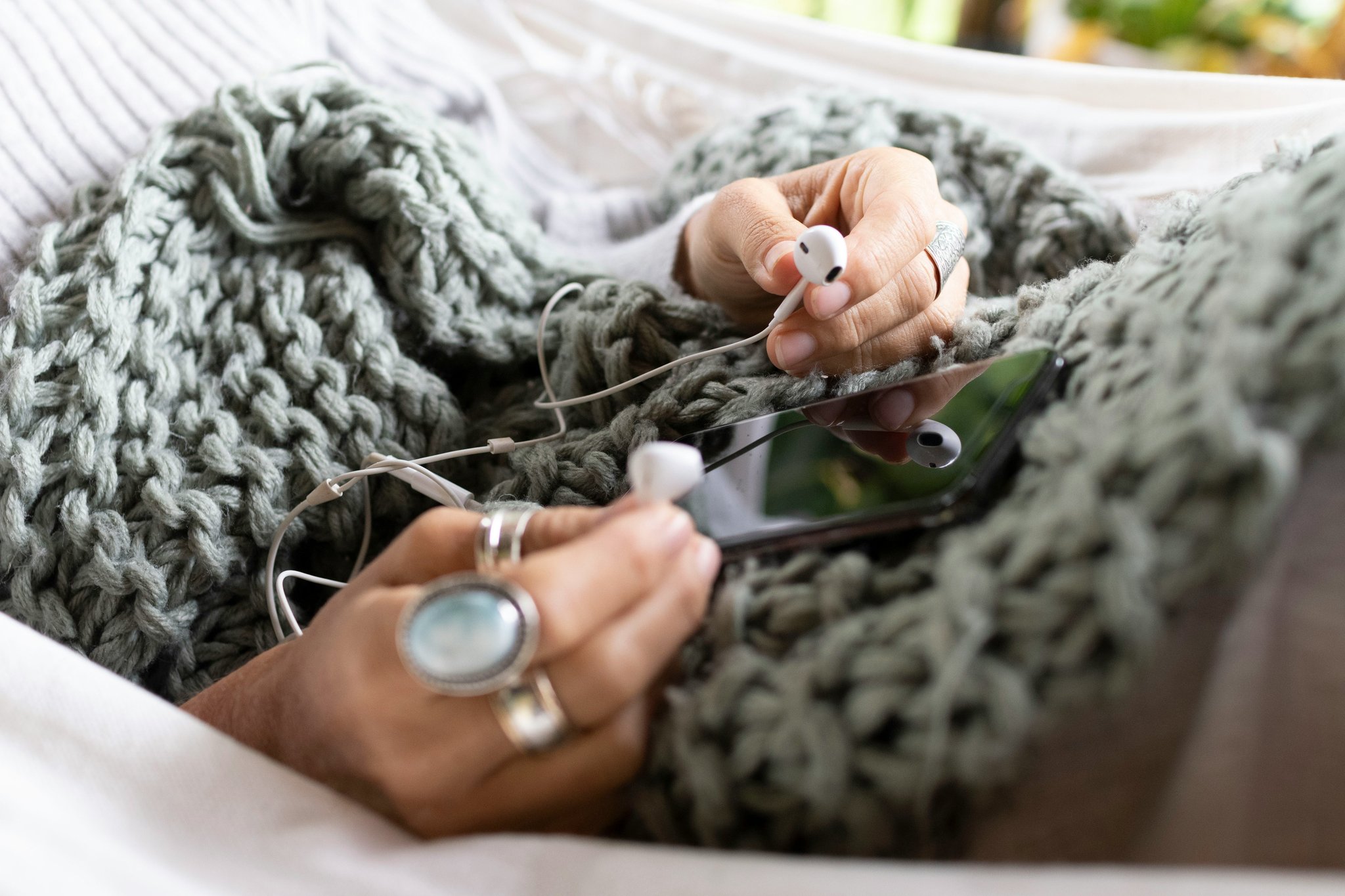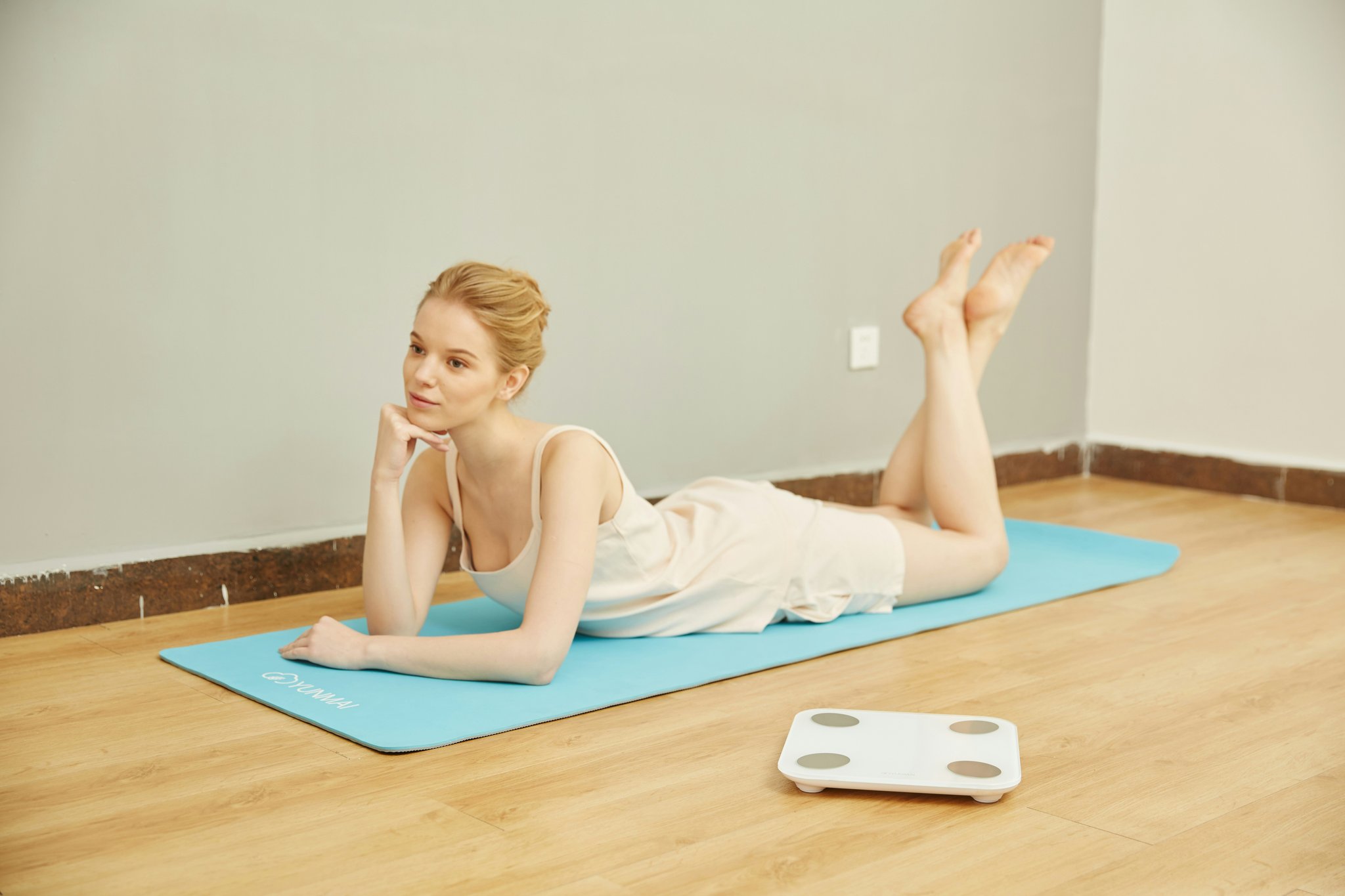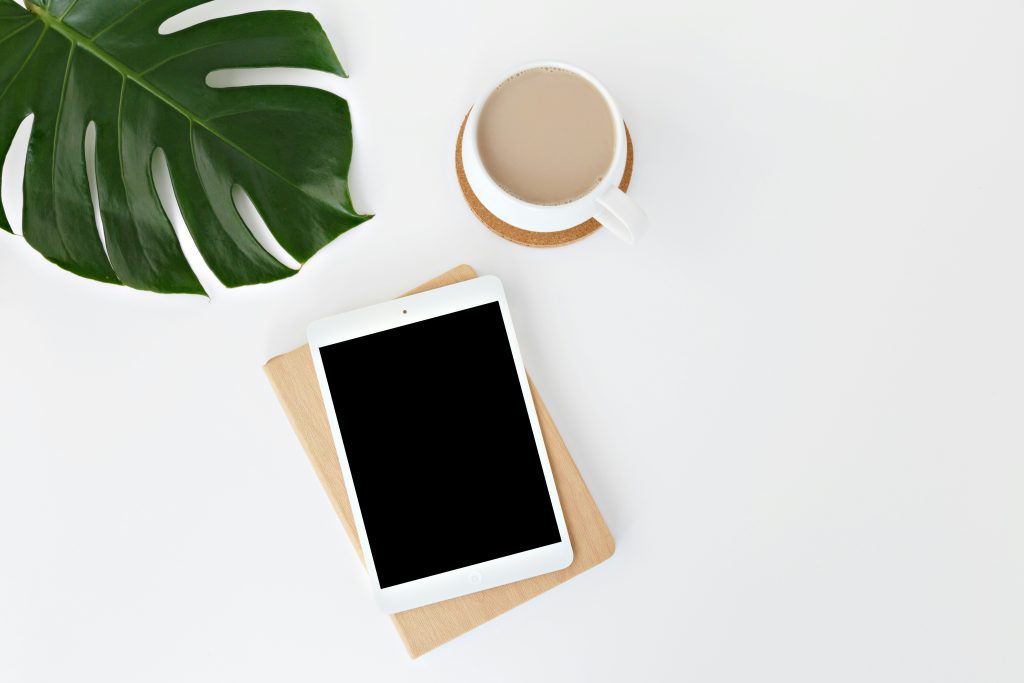Ever felt like stress is running your life like a bad Netflix binge—no pause button in sight? What if we told you there’s an app (or five) that could train your body to chill out?
Welcome to the ultimate guide on biofeedback apps, where science meets smartphone magic. By the end of this article, you’ll know exactly how these apps work, which ones are worth downloading, and why they might just save your sanity.
You’ll discover:
- Why biofeedback apps could be your secret weapon against stress.
- A step-by-step breakdown of how to use them effectively.
- Real-world examples of users who found peace through technology.
Table of Contents
- Key Takeaways
- What Are Biofeedback Apps?
- Step-by-Step Guide to Using Biofeedback Apps
- Best Biofeedback Apps for 2024
- Can Biofeedback Apps Really Work? A Case Study
- Frequently Asked Questions
- Conclusion
Key Takeaways
- Biofeedback apps help you monitor physiological responses like heart rate and breathing to reduce stress.
- Top biofeedback apps include HeartMath Inner Balance, Calm, and MyCalmBeat.
- These tools are backed by science but require consistent practice for results.
What Are Biofeedback Apps and Why Should You Care?
Let me tell you a story. Last year, I was juggling a full-time job, freelance gigs, and family drama—all while surviving on caffeine and sheer willpower. One day, my Apple Watch buzzed during yet another meeting: “Breathe.” But instead of calming down, I rolled my eyes and ignored it. Classic rookie move.
Months later, after burning out hard, I stumbled across something called biofeedback training—and let me tell you, it changed everything. Biofeedback apps tap into wearable devices or sensors to track things like heart rate variability (HRV), muscle tension, skin temperature, and respiration. They then guide you to control those bodily functions using techniques like deep breathing or visualization.

Sounds wild, right? It gets better. Studies show that biofeedback can significantly lower cortisol levels, improve sleep quality, and even boost mental clarity.
Step-by-Step Guide to Unplug Your Stress with Biofeedback Apps
Optimist You: “This sounds simple enough!”
Grumpy You: “Yeah, yeah—unless tech fails again.”
Fair point. Here’s how to make it work:
Step 1: Pick the Right App
Spoiler alert: Not all biofeedback apps are created equal. Look for features like compatibility with wearables, real-time feedback, and guided exercises. We’ll dive deeper into recommendations below.
Step 2: Sync Up Sensors
Most apps pair with gadgets like chest straps or finger clips. Pro tip: Charge everything beforehand unless you enjoy mid-session meltdowns over dead batteries.
Step 3: Start Small
Hop into beginner modes. Focus on basic breathing patterns before leveling up to advanced visualizations or HRV tracking.
Step 4: Stick With It
This isn’t a one-and-done deal. Consistency is queen here—it takes weeks to retrain your nervous system.
Best Biofeedback Apps of 2024 That Actually Deliver
Enough theory—let’s get practical. Below are my top picks based on personal experience and user reviews:
1. HeartMath Inner Balance

The OG of biofeedback apps, HeartMath uses HRV to teach coherence—a state of balance between your heart, mind, and emotions. Great for meditators and overthinkers alike.
2. MyCalmBeat
A sleek option designed specifically for breath training. Perfect if you’re prone to shortness of breath under pressure.
3. Calm
While not strictly a biofeedback app, Calm integrates mindfulness exercises with HRV tracking via external hardware. It’s versatile and easy to use.
Terrrible Tip Alert: Avoid apps promising instant zen without any evidence base. If it looks too good to be true, slap some common sense on it first.
From Burnout to Bliss: Can Biofeedback Apps Really Work?
Jenna, a nurse working double shifts during the pandemic, credits biofeedback apps with helping her recover from chronic anxiety. After three months of daily practice, she reported better sleep, reduced irritability, and improved focus at work.
Her pro tip? Combine app sessions with journaling. “Writing about how I felt before and after each session helped reinforce positive habits,” she says.

FAQs About Biofeedback Apps
Do biofeedback apps really work?
Science suggests yes, especially when paired with intention and consistency. Research has shown measurable improvements in stress resilience.
Are biofeedback apps expensive?
Prices vary widely. Basic versions start free, but premium subscriptions or hardware add-ons can cost $50–$200+.
Which wearable devices integrate well?
Apple Watch, Fitbit, and Garmin are popular choices. Always check app compatibility before buying new gear.
Conclusion
So, what do you think? Could biofeedback apps be your ticket to less stress and more bliss? Whether you’re chasing workplace productivity or inner calm, these tools offer a powerful blend of science and simplicity.
Remember, though: No app can replace self-awareness and effort. As much as I love a good hack, sometimes growth requires old-fashioned grit.
Now go download one—your future relaxed self will thank you.
Like a Tamagotchi, your mental wellness needs daily care.


